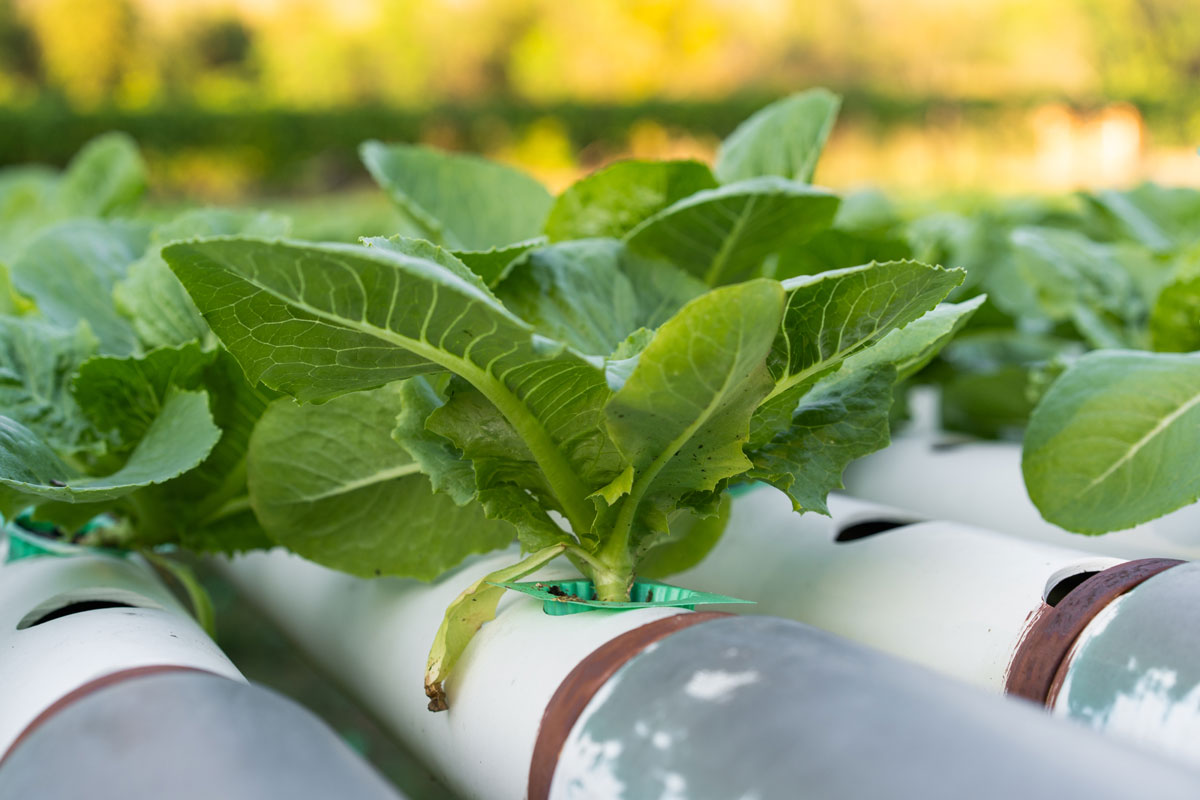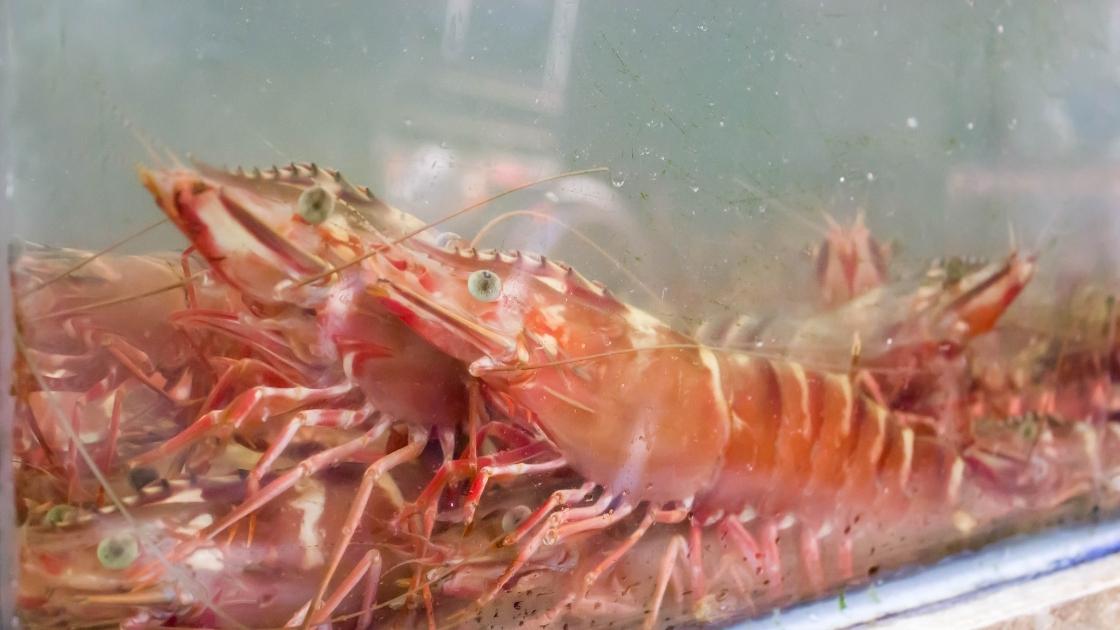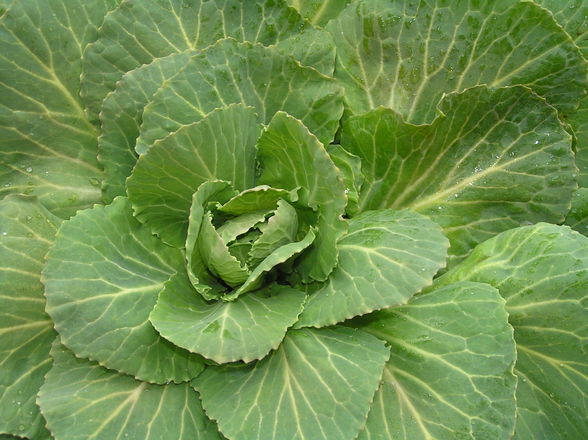Growing goji berries aquaponically combines the benefits of hydroponics and aquaculture, creating a symbiotic system where fish provide nutrients for the plants, and the plants help filter and purify the water for the fish. Here are the steps to consider when growing goji berries aquaponically:
- Set up the Aquaponic System: Design and set up an aquaponic system that includes a fish tank or pond, a filtration system, and a grow bed for the goji berry plants. The size of the system will depend on the number of plants and fish you plan to cultivate.
- Choose Fish and Goji Berry Varieties: Select fish species that are compatible with aquaponics, such as tilapia, trout, or catfish. Research the requirements and optimal conditions for the chosen fish species. For goji berries, choose varieties that are well-suited to hydroponic or soilless cultivation.
- Establish the Nitrogen Cycle: The fish produce waste (ammonia), which is converted into nitrates by beneficial bacteria in the aquaponic system. It’s essential to establish and maintain a stable nitrogen cycle for the health of both the fish and the plants. Allow time for the system to cycle and for the bacteria to colonize the grow bed before adding the goji berry plants.
- Planting the Goji Berry Seedlings: Start goji berry seedlings separately in a suitable growing medium, such as rockwool or grow cubes. Once the seedlings have developed, transplant them into the aquaponic grow bed, ensuring their roots have access to the nutrient-rich water. Provide support or trellising for the plants to facilitate vertical growth.
- Monitoring and Maintenance: Regularly monitor the water parameters, including pH, ammonia, nitrite, nitrate levels, and temperature. Adjust pH and nutrient levels as needed. Maintain proper water circulation and aeration to ensure oxygenation for the fish and root health for the goji berry plants. Regularly check for pests or diseases and address any issues promptly.
- Feeding and Fish Care: Feed the fish a balanced diet suitable for their species and monitor their health regularly. Avoid overfeeding to prevent excessive waste production and water quality issues. Observe the fish for signs of illness or stress and take appropriate measures to maintain their well-being.
- Pruning and Harvesting: Prune the goji berry plants as needed to maintain their shape and remove any damaged or diseased parts. Harvest the goji berries when they are fully ripe and have turned bright red or orange. Gently pluck the berries from the plants, being careful not to damage the surrounding foliage.
Aquaponic systems require careful attention to maintain the balance between the fish, bacteria, and plants. It’s important to research and understand the specific requirements of your chosen fish and goji berry varieties and monitor the system regularly for optimal growth and health. Consult aquaponics resources or experts for detailed guidance based on your specific setup and desired outcomes.



